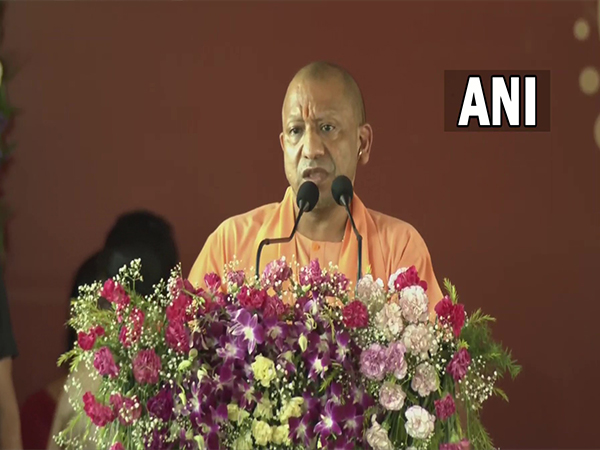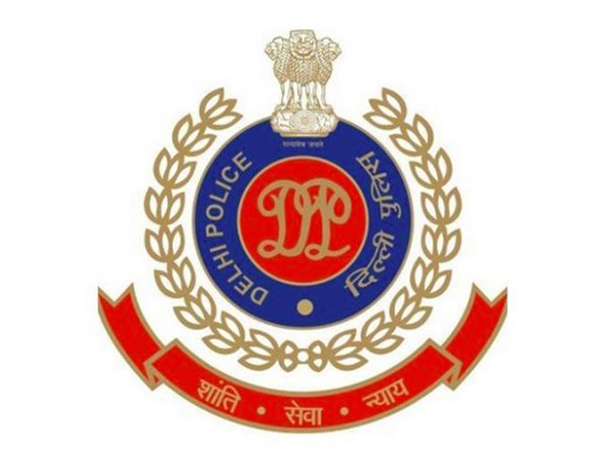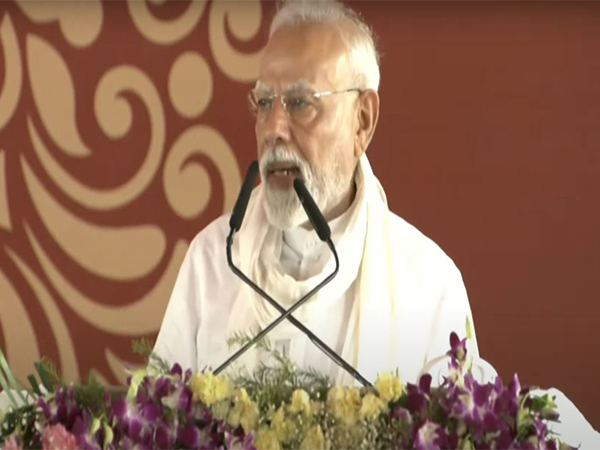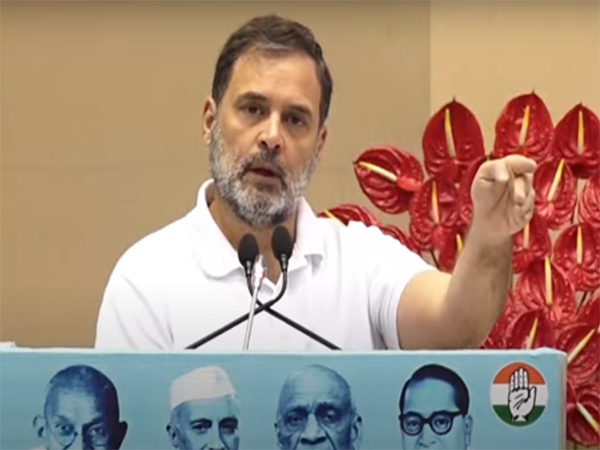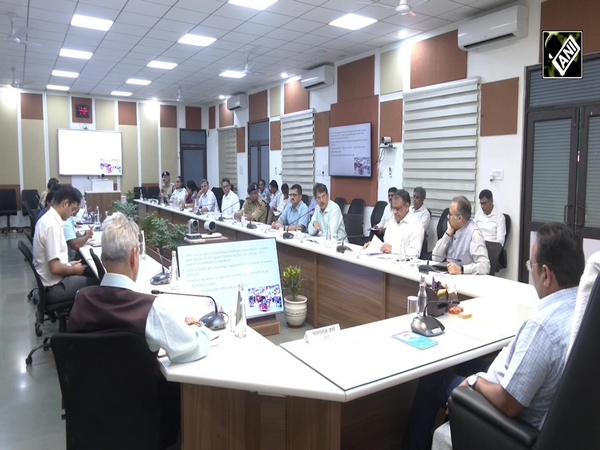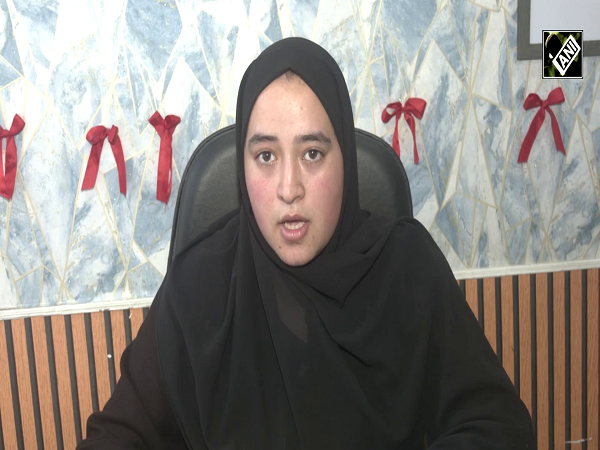
Gujarat: CM Patel announces 16th lion population estimation, Asiatic lion population rises to 891
May 21, 2025
Gandhinagar (Gujarat) [India], May 21 : Gujarat Chief Minister Bhupendra Patel announced on Wednesday that Gujarat is now home to 891 Asiatic lions, as per the findings of the 16th lion population estimation. The Chief Minister stated in the press release that the latest count includes 196 males, 330 females, along with a significant number of cubs and young lions.
According to the release, the State Government's Forest Department conducts lion population estimation every five years using the Direct Beat Verification (Block Count method). This year, the exercise was carried out from May 10 to 13 across 35,000 square kilometres, covering 58 talukas in 11 districts. A total of 3,854 personnel, including forest staff, sarpanches, and local villagers, actively participated in this large-scale initiative.
While announcing this, the Chief Minister was joined by Forest Minister Mulubhai Bera, Minister of State Mukesh Patel, Chief Secretary Pankaj Joshi, and Additional Chief Secretary to the Chief Minister MK Das.
The Chief Minister shared that during Prime Minister Narendra Modi's tenure as Chief Minister, the traditional method of counting the lion population was replaced by the Total Count by Direct Sighting at the Block System approach.
On the 74th Independence Day, the Prime Minister launched Project Lion, focused on the long-term conservation and protection of lions. Aligning with this vision, the recent National Wildlife Board meeting held in Gujarat offered strategic guidance for the future roadmap of Project Lion 2047. The Chief Minister mentioned that the Prime Minister's commitment to lion conservation will be further reinforced and successfully realised through this initiative.
The Chief Minister noted that the increase in the lion population is a result not only of favourable geographic and climatic conditions but also of the state government's consistent and dedicated efforts in wildlife conservation. The lion population rose from 327 in 2001 to 359 in 2005, 411 in 2010, 523 in 2015, 674 in 2020, and has now reached 891.
CM also highlighted the extensive use of modern technology in the population estimation process. Digital cameras and camera traps were used to capture photographs to identify individual lions, while some lions were fitted with radio collars to monitor their movements and those of their groups.
In addition, the e-gujforest application was used for real-time data entry of lion observations, with GPS locations and photographs enhancing both accuracy and efficiency. GIS software helped delineate survey areas and create detailed maps to monitor lion movements, distribution patterns, and habitat use. Additionally, AI-based software was employed as needed to identify individual lions from photographs.
At the beginning of the event, Principal Secretary of Forests and Environment Sanjeev Kumar explained how the Forest Department applies a three-tier count method combined with real-time tracking to estimate the lion population accurately.
Principal Chief Conservator of Forests and Head of the Forest Force Dr AP Singh, Principal Chief Conservator of Forests Dr Jaypalsinh, along with senior officials from the Forest Department were also present at the event.
